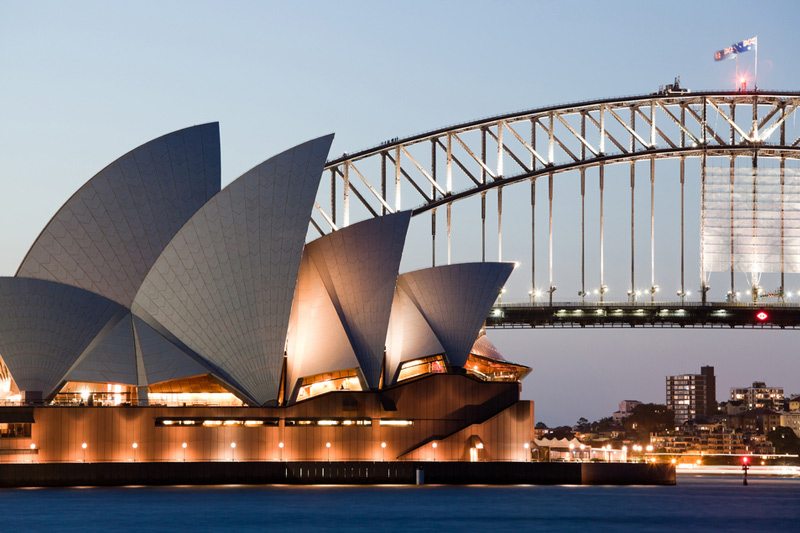(Bloomberg) -- Australian unemployment unexpectedly climbed as more people sought work, underscoring extensive slack in the labor market and increasing the chances of an interest-rate cut.
The jobless rate advanced to 5.2% in April from an upwardly revised 5.1% in March, the statistics bureau said in Sydney Thursday. The participation rate climbed to a record and underutilization jumped 0.4 percentage point to 13.7%, highlighting the spare capacity in the labor market cited by the central bank.
“Even if the unemployment rate hadn’t moved, steady job growth and a static unemployment rate is not enough,” said Kerry Craig, global market strategist at JPMorgan (NYSE:JPM) Asset Management Holdings Inc. “Job growth needs to be fast enough to push the unemployment rate lower to keep the RBA from cutting rates. According to the RBA’s own estimates a 5% unemployment rate won’t see inflation return to the target range and prevent a cut to interest rates.”
Reserve Bank chief Philip Lowe resisted pressure to ease earlier this month, citing the persistent strength of employment, while also signaling that only a tightening labor market would prevent him from doing so in the coming months. Traders see a better than 50% chance of a cut in June and two reductions this year that would take the cash rate to a fresh record low of 1%.
The Australian dollar slid after the release and bought 69.18 U.S. cents at 12:50 p.m. in Sydney. It has fallen 3.6% in the past month.
Today’s data showed employment actually advanced in April -- gaining by a better-than-expected 28,400 -- though it was exclusively down to part-time roles, again highlighting slack. Still, the labor market has managed to buck the slowdown in other areas; in the second half of last year, GDP rose an annualized 1%, the weakest performance since the depths of the global financial crisis in the second half of 2008.
Australia’s economy has been weighed down by a retrenchment in household spending as property prices slump and slash personal wealth. Outside jobs, business investment has remained reasonable while exports have boomed in response to strong commodity prices.
The government has been a key supporter of the economy with increased investment in infrastructure and other programs, including a disability program that has boosted hiring. An election Saturday is likely to see the opposition Labor party win power and lift spending further.
Thursday’s data showed the biggest job gain was in New South Wales, the nation’s most populous state and the epicenter of the property boom from 2012-2017. It added 25,100 positions. In contrast, Victoria, which has similarly enjoyed strong economic and population growth, shed 7,600 roles.
The RBA is now almost completely boxed in on a rate cut, not least following the renewed trade tensions between the U.S. and China, the latter the source of so much of Australia’s prosperity since the turn of the century.
“The RBA’s real challenge is communication,” said Craig. “By opting to highlight jobs growth and the direction of the unemployment rate, the market is now focusing on a lagging indicator of economic activity rather than a forward looking one. But also one that is not devoid of noise.”
